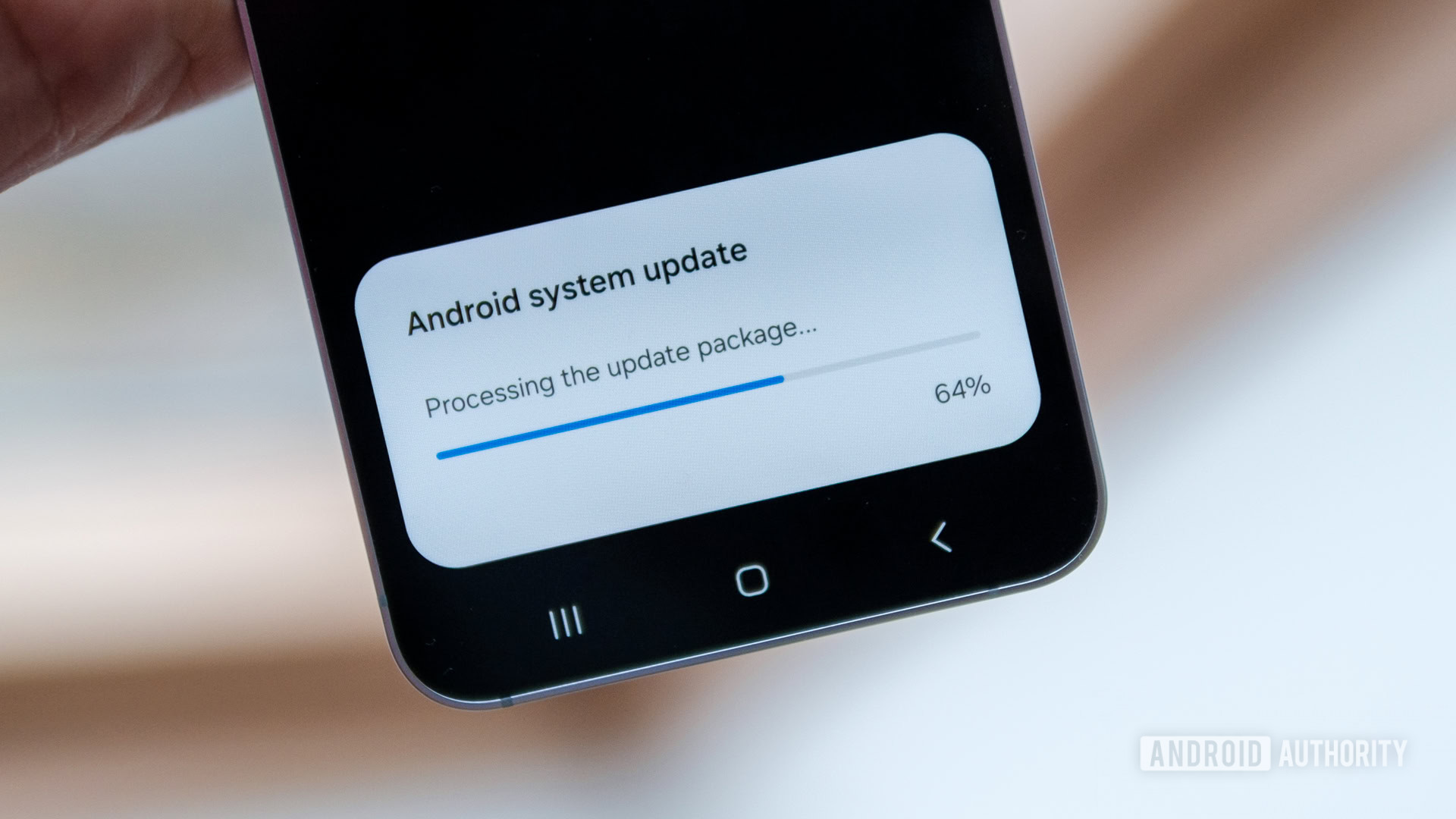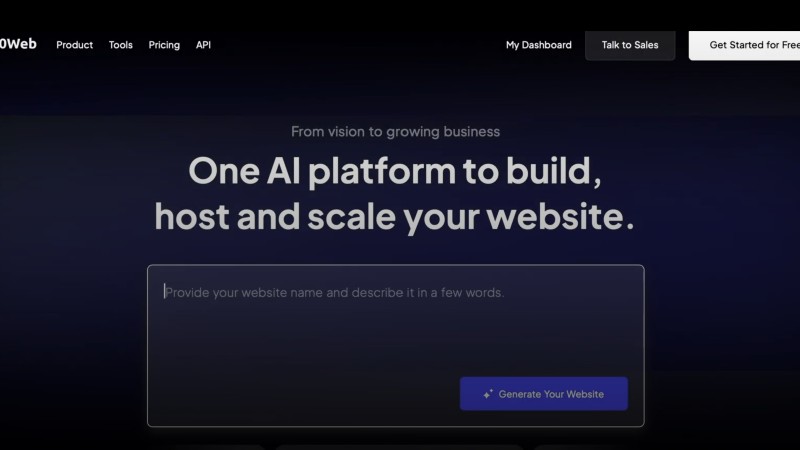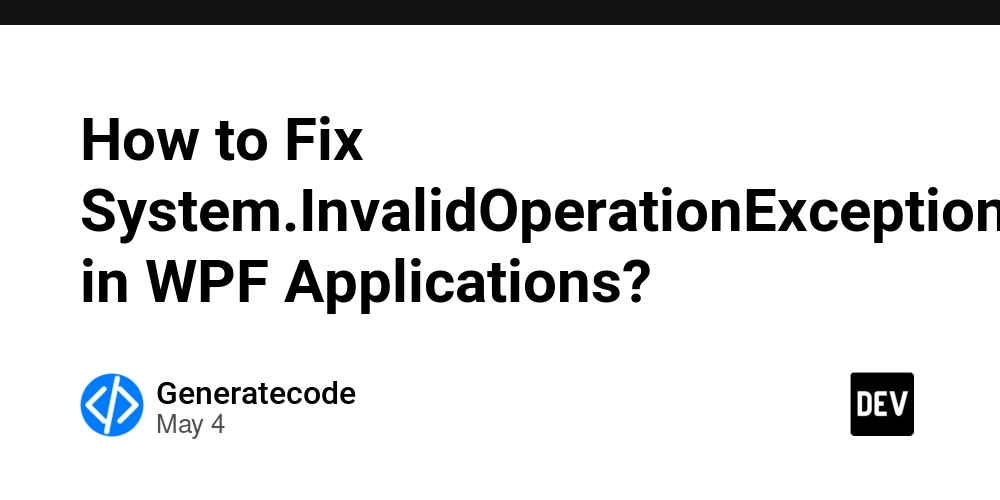The AI Pair Programmer in GitHub - Amazon Q Developer in GitHub (in preview)
Code at the Speed of Q and Never Code Alone Again Introduction Amazon Q Developer in GitHub (in preview), was just launched yesterday and I and immediately put it to work enhancing my Medium to DEV.to converter tool. This blog post shares my experience using the new GitHub integration to build and improve a project through AI-assisted development. Building on Previous Success with Amazon Q Developer CLI My previous blog post explains how I began my project using the Amazon Q Developer CLI to create a command-line tool that converts Medium blog posts to DEV.to-compatible markdown format. The initial development process was smooth, with Amazon Developer Q CLI helping me generate the core functionality: Fetching Medium articles using web scraping Converting HTML content to Markdown format Preserving formatting, and structure Adding DEV.to frontmatter Implementing direct publishing to DEV.to in draft mode Within minutes, I had a working prototype that could convert Medium articles to DEV.to format. Discovering Issues After publishing my project to GitHub, I noticed some issues that needed addressing: Headers were missing in the converted markdown Some Medium-specific UI elements were still appearing in the output Code with python comments (#) was not getting properly extracted Rather than returning to the Amazon Q Developer CLI, I decided to try the new Amazon Q Developer in GitHub (preview) to address these issues and testing the AI pair programming with GitHub. Experiencing Amazon Q Developer in GitHub The GitHub integration of Amazon Q Developer (currently in preview) allowed me to work on these issues directly in the browser without needing to use the CLI. Here’s how the process worked. Installation The first thing needed was to install the Amazon Q Developer application in GitHub, so that I can begin using it immediately without connecting to my AWS account and get started. It does not need an AWS account to start using the agent in GitHub. Next, you will be presented with a choice to add it to all your repositories or select specific ones. In this case, I want to add it to my medium2dev repo, so I choose Only selected repositories and type in the name to find it. Configure Applications in GitHub Since it is free, the best part is that it is not connected to your AWS Builder ID or IAM Identity Center. You’re provided with limited invocations per month for the feature development and code review capabilities, as well as specified number of lines for code transformation per month. However, you can increase your free usage at any time by registering your Amazon Q Developer app installation with your AWS account. Feature Development I created issues in my GitHub repository detailing the problems: Amazon Q Developer analyzed the issues and proposed code changes I reviewed the changes in the “Files changed” tab For each suggestion, I could leave comments, request changes, or approve I successfully closed three pull requests using this workflow, addressing all the identified issues with my project. Here are the step by step screenshots of my feature development workflow. Creating the issue describing the problem. Applying the Amazon Q development agent label Response from the agent with the pull request generated and the link ready for review. Verifying the changes and review code. Code Review I then asked Amazon Q Developer to reiterate and make changes by using the normal code review flow in the GitHub interface. In this case, I added the below comment and then choose Start a review, which then queues the change in the review. Then select Finish your review and Request changes. I noticed that the Amazon Q Developer Agent picks the changes from the code review comments, and not from the comments in Finish your review screen (which is sometimes confusing) Next, showing all the commits during Code Review. Finally merge the pull request and close the issue. Benefits of Amazon Q Developer in GitHub The GitHub integration offered several advantages: Seamless workflow: I could stay within GitHub’s interface without switching to the CLI Contextual understanding: Amazon Q Developer understood my project structure and could suggest targeted changes Collaborative approach: The review process felt like working with a pair programmer using familiar GitHub flow. Quick iterations: When I requested changes, Amazon Q Developer quickly proposed revised solutions Free without AWS account: One of the most compelling aspects of Amazon Q Developer in GitHub is that it’s available to use without requiring an AWS account, making it accessible to all developers regardless of their cloud provider preferences. Current Limitations in preview release While the experience was overall positive, I noticed a few limitations with the preview version: Workflow constraints : For each issue, the process requ

Code at the Speed of Q and Never Code Alone Again
Introduction
Amazon Q Developer in GitHub (in preview), was just launched yesterday and I and immediately put it to work enhancing my Medium to DEV.to converter tool. This blog post shares my experience using the new GitHub integration to build and improve a project through AI-assisted development.
Building on Previous Success with Amazon Q Developer CLI
My previous blog post explains how I began my project using the Amazon Q Developer CLI to create a command-line tool that converts Medium blog posts to DEV.to-compatible markdown format. The initial development process was smooth, with Amazon Developer Q CLI helping me generate the core functionality:
- Fetching Medium articles using web scraping
- Converting HTML content to Markdown format
- Preserving formatting, and structure
- Adding DEV.to frontmatter
- Implementing direct publishing to DEV.to in draft mode
Within minutes, I had a working prototype that could convert Medium articles to DEV.to format.
Discovering Issues
After publishing my project to GitHub, I noticed some issues that needed addressing:
- Headers were missing in the converted markdown
- Some Medium-specific UI elements were still appearing in the output
- Code with python comments (#) was not getting properly extracted
Rather than returning to the Amazon Q Developer CLI, I decided to try the new Amazon Q Developer in GitHub (preview) to address these issues and testing the AI pair programming with GitHub.
Experiencing Amazon Q Developer in GitHub
The GitHub integration of Amazon Q Developer (currently in preview) allowed me to work on these issues directly in the browser without needing to use the CLI. Here’s how the process worked.
Installation
The first thing needed was to install the Amazon Q Developer application in GitHub, so that I can begin using it immediately without connecting to my AWS account and get started. It does not need an AWS account to start using the agent in GitHub.
Next, you will be presented with a choice to add it to all your repositories or select specific ones. In this case, I want to add it to my medium2dev repo, so I choose Only selected repositories and type in the name to find it.
Configure Applications in GitHub

Since it is free, the best part is that it is not connected to your AWS Builder ID or IAM Identity Center. You’re provided with limited invocations per month for the feature development and code review capabilities, as well as specified number of lines for code transformation per month. However, you can increase your free usage at any time by registering your Amazon Q Developer app installation with your AWS account.
Feature Development
- I created issues in my GitHub repository detailing the problems:
- Amazon Q Developer analyzed the issues and proposed code changes
- I reviewed the changes in the “Files changed” tab
- For each suggestion, I could leave comments, request changes, or approve
I successfully closed three pull requests using this workflow, addressing all the identified issues with my project.
Here are the step by step screenshots of my feature development workflow.
Creating the issue describing the problem.

Applying the Amazon Q development agent label

Response from the agent with the pull request generated and the link ready for review.

Verifying the changes and review code.

Code Review
I then asked Amazon Q Developer to reiterate and make changes by using the normal code review flow in the GitHub interface. In this case, I added the below comment and then choose Start a review, which then queues the change in the review.

Then select Finish your review and Request changes.

I noticed that the Amazon Q Developer Agent picks the changes from the code review comments, and not from the comments in Finish your review screen (which is sometimes confusing)
Next, showing all the commits during Code Review.

Finally merge the pull request and close the issue.

Benefits of Amazon Q Developer in GitHub
The GitHub integration offered several advantages:
- Seamless workflow: I could stay within GitHub’s interface without switching to the CLI
- Contextual understanding: Amazon Q Developer understood my project structure and could suggest targeted changes
- Collaborative approach: The review process felt like working with a pair programmer using familiar GitHub flow.
- Quick iterations: When I requested changes, Amazon Q Developer quickly proposed revised solutions
- Free without AWS account: One of the most compelling aspects of Amazon Q Developer in GitHub is that it’s available to use without requiring an AWS account, making it accessible to all developers regardless of their cloud provider preferences.
Current Limitations in preview release
While the experience was overall positive, I noticed a few limitations with the preview version:
- Workflow constraints : For each issue, the process requires navigating to the “Files changed” tab, leaving comments, choosing “Start review”, and then “Request changes” to get revised proposals
- Limited context awareness : Currently, Amazon Q Developer in GitHub doesn’t seem to connect to URLs or other PR links mentioned in the prompts
- Iteration model : The ideal workflow would allow for enhancements based on iterative comments directly in the pull request itself (besides commenting in code reviews in the conventional fashion)
- Multiple comments handling : The agent sometimes struggles with processing multiple code review feedback points in a single pull request in the “Files changed”, requiring developers to create separate issues for each refinement rather than addressing all comments in one.
- Transformation accuracy: When using the Amazon Q transform agent label in the issue-to-pr generation capabilities, the agent transformed code to Java 17 despite explicit instructions to convert to Node.js, indicating potential improvements needed in with additional wording or alerting it only supports Java 17.
Transform agent
Note that to use the transform agent (which is only for Java 17 in the preview release) you need to enable GitHub Actions for the repository, and you need at least one runner online. The amount of time needed to perform a migration depends on the size and complexity of your application. The agent provides the sample code for creating the workflow and you would need to delete and re-apply the Amazon Q transform agent label again if you dont have this setup already.
name: Q Code Transformation
on:
push:
branches:
- 'Q-TRANSFORM-issue-*'
jobs:
q-code-transformation:
runs-on: ubuntu-latest
steps:
- uses: actions/checkout@v3
- uses: actions/setup-java@v3
with:
java-version: '17'
distribution: 'adopt'
- name: Build and copy dependencies
run: |
mvn ${{ env.MAVEN_CLI_OPTS }} verify
mvn ${{ env.MAVEN_CLI_OPTS }} dependency:copy-dependencies -DoutputDirectory=dependencies -Dmdep.useRepositoryLayout=true -Dmdep.copyPom=true -Dmdep.addParentPoms=true
- name: Upload artifacts
uses: actions/upload-artifact@v4
with:
name: q-code-transformation-dependencies
path: dependencies
Looking Forward
As Amazon Q Developer in GitHub moves from preview to general availability, I’m hopeful some of limitations I posted will be addressed. The ability to reference URLs and other PR links would significantly enhance the context available to Amazon Q Developer, making its suggestions even more relevant.
Conclusion
The combination of Amazon Q CLI for initial project creation and Amazon Q Developer in GitHub for ongoing improvements proved to be a powerful workflow. The CLI excelled at rapid project scaffolding, while the GitHub integration streamlined the iterative improvement process even when not having my computer with me as it allowed to do the development and pair-programming just using browser.
For developers looking to boost productivity, the Amazon Q Developer in GitHub preview offers a glimpse into a future where AI assistance is deeply integrated into the development workflow. As the service matures and addresses current limitations, it has the potential to transform how we collaborate on code.
If you’re interested in trying out Amazon Q Developer in GitHub, currently available in preview, also check out the official announcement.










































































































































































![[The AI Show Episode 146]: Rise of “AI-First” Companies, AI Job Disruption, GPT-4o Update Gets Rolled Back, How Big Consulting Firms Use AI, and Meta AI App](https://www.marketingaiinstitute.com/hubfs/ep%20146%20cover.png)










































































































































































.png?width=1920&height=1920&fit=bounds&quality=70&format=jpg&auto=webp#)































































































_Aleksey_Funtap_Alamy.jpg?width=1280&auto=webp&quality=80&disable=upscale#)
_Sergey_Tarasov_Alamy.jpg?width=1280&auto=webp&quality=80&disable=upscale#)















































































































![Apple Foldable iPhone to Feature New Display Tech, 19% Thinner Panel [Rumor]](https://www.iclarified.com/images/news/97271/97271/97271-640.jpg)
![Apple Developing New Chips for Smart Glasses, Macs, AI Servers [Report]](https://www.iclarified.com/images/news/97269/97269/97269-640.jpg)
![Apple Shares New Mother's Day Ad: 'A Gift for Mom' [Video]](https://www.iclarified.com/images/news/97267/97267/97267-640.jpg)
![Apple Shares Official Trailer for 'Stick' Starring Owen Wilson [Video]](https://www.iclarified.com/images/news/97264/97264/97264-640.jpg)




































































































